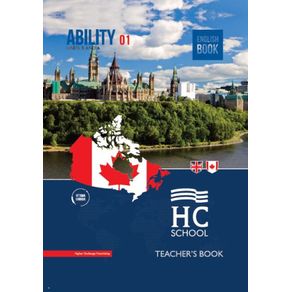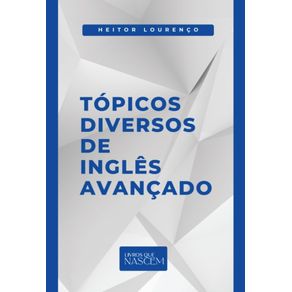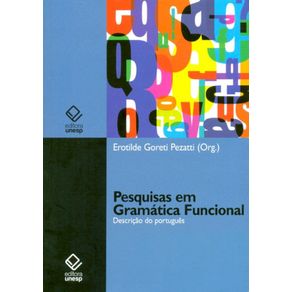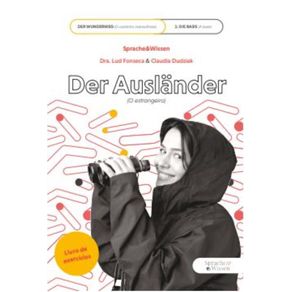-
DEPARTAMENTOS
- ANIMAIS DE ESTIMAÇÃO
- ARTES
- AUTO AJUDA
-
BEM ESTAR E LAZER
-
CATEGORIAS
-
-
CULINÁRIA E GASTRONOMIA
-
CATEGORIAS
-
-
ESPORTES
-
CATEGORIAS
-
- INFANTIL
-
RELIGIÃO
-
CATEGORIAS
-
- ADMINISTRAÇÃO E NEGÓCIOS
-
CIÊNCIAS BIOLÓGICAS E NATURAIS
-
CATEGORIAS
-
- DIREITO
- ECONOMIA
-
MEDICINA
-
CATEGORIAS
-
-
TODOS DEPARTAMENTOS
-
INTERESSE GERAL
-
LIVROS TÉCNICOS
-
- DISCIPLINAS
- ACESSÓRIOS
- FORMATURA
- PAPELARIA
Spelling Morphology
Cód:
491_9781461429579
Spelling Morphology
Autor:
Código:
491_9781461429579
Vendido e entregue por Um Livro
Modern Hebrew is a highly synthetic Semitic language-its lexicon is rich in morphemes. This volume supplies the first in-depth psycholinguistic analysis of the interaction between morphological knowledge and spelling in Hebrew. It also examines how far this model can be applied to other languages. Anchored to a connectionist, cognitive, cross-linguistic and typological framework, the study accords with todays perception of spelling as being much more than a mere technical skill. Contemporary psycholinguistic literature views spelling as a window on what people know about words and their structure. The strong correlation between orthographies and morphological units makes linking consistent grammatical and lexical representation and spelling units in speaker-writers a key research goal. Hebrews wealth of morphological structures, reflected in its written form, promotes morphological perception and strategies in those who speak and write it, adding vitality and relevance to this work.
Veja mais




























